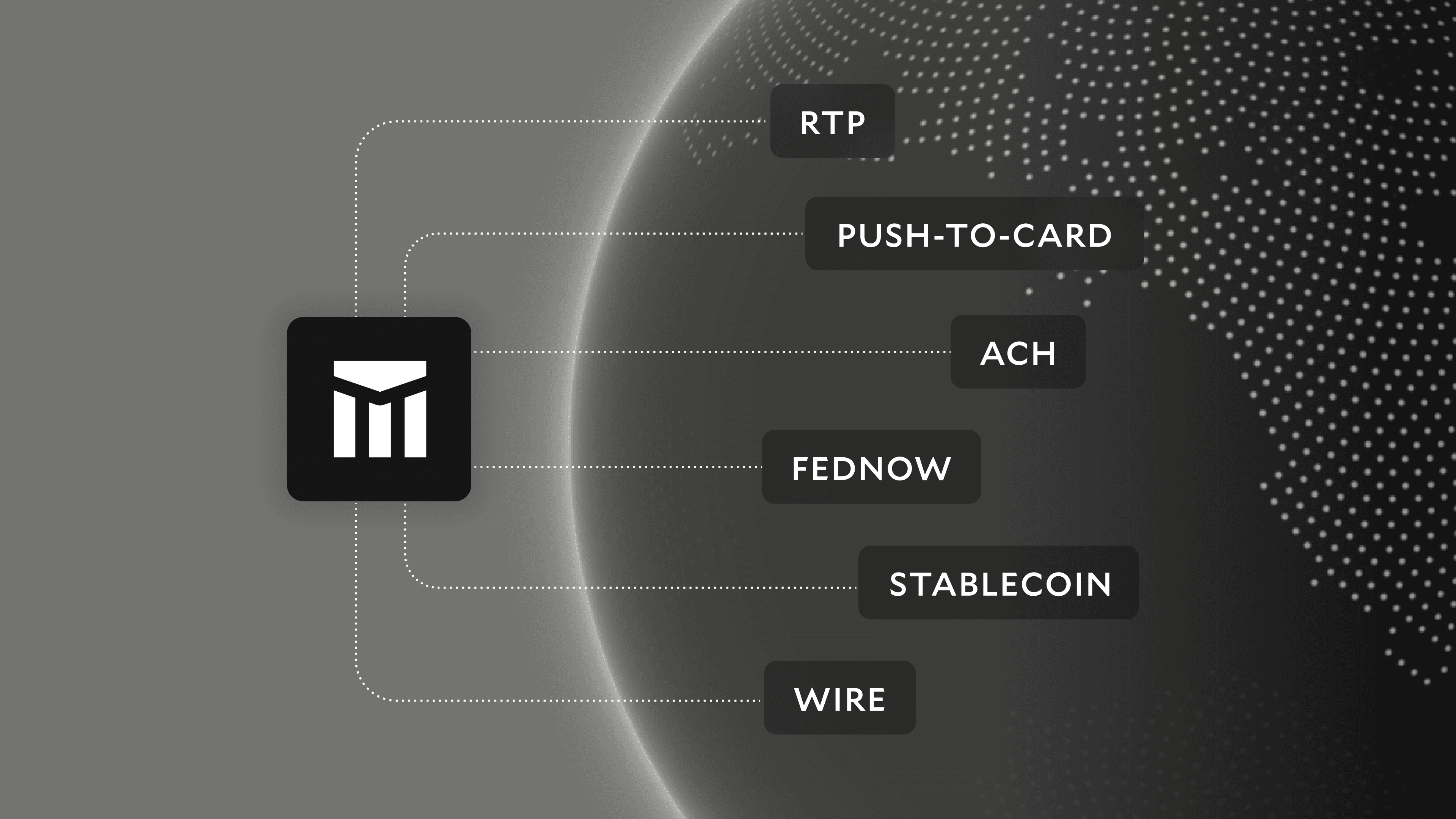Modern Treasury and Paxos Make It Easier for Businesses to Move Money with Stablecoins.Learn more →
What is the Difference Between Fiat and Cryptocurrency?
Cryptocurrency is rising in popularity and becoming more mainstream. In this post, we dig into the differences between cryptocurrency and fiat money.

Cryptocurrency, a type of digital currency, is rising in popularity and becoming more mainstream. By 2024, Gartner predicts that 20 percent of large enterprises will use digital currencies for payments, stored value, or collateral. For business owners and individuals alike, it is important to understand what cryptocurrency is, how it works, and how it compares to the more traditional currency of fiat.
What Is Fiat?
Fiat money is a form of currency issued by a government. Fiat is not backed by a physical commodity like gold, but instead is backed by the issuing government. The value of fiat currencies like the US Dollar, Yen, or Euro are based on supply and demand in the market. Most contemporary global paper currencies are fiat.
Unlike commodity-based currency or cryptocurrency, fiat is largely stable and controlled. Such stability allows regulating bodies and governments to navigate against recession and inflation. Central banks having control over fiat supports a stable economy by allowing banks to better manage economic variables such as interest rates and credit supply.
Though fiat is generally stable, that is not always the case. Despite fiat’s regulation, inflation and recession can still occur. An additional concern is that governments can create hyperinflation by over-printing fiat currency.
What Is Cryptocurrency?
Rather than being physical money, cryptocurrency exists in public, online databases that record specific transactions. Cryptocurrency is a type of digital currency or an asset that acts as a medium of exchange and is secured by cryptography. It originated as a peer-to-peer electronic cash system. Unlike a bank in the case of a fiat transaction, cryptocurrency does not need an intermediary to validate a transaction.
Cryptocurrency is also not controlled by a government authority or central bank. More fiat money can be printed at any time, however cryptocurrencies have a fixed supply. Because cryptocurrency is not regulated or backed by a government, it is more volatile than fiat.
What Are the Differences Between Fiat and Cryptocurrency?
Fiat is government-issued and considered legal tender for financial transitions. Cryptocurrency is decentralized, so there is no governing body to control its value. Plus, it is also not a legal practice in all countries.
In theory, fiat money has no limits on supply, as more can be printed at any time. Most cryptocurrencies create a set amount of coins that can ever exist. Fiat can also be represented with physical notes and coins where digital currency can not. Digital currency must be stored in digital, or cryptocurrency, wallets. Because fiat can be represented in physical or digital forms, it can also be stored in various forms.
How Does Cryptocurrency Work in the Real World?
Though Bitcoin may be the best well-known, there are thousands of digital currencies. Some other big names in digital currency include stablecoins, Ethereum, Tether, Binance Coin, XRP (previously Ripple), and more.
One form of currency lending additional legitimacy and stability to blockchain technology are stablecoins. A stablecoin is a cryptocurrency that is tied (“pegged” in crypto terminology) to the value of a real-world asset. While many stablecoins are pegged to the US dollar, in theory, stablecoins can be pegged to other assets such as gold or other commodities. In effect, this allows for entities wishing to transact in known assets to never leave the blockchain.
While it is unlikely that cryptocurrency will replace the US Dollar anytime soon, there are already many industries that accept it as a form of payment. Many startups in blockchain technology have been early adopters of crypto for B2B payments due to cost and speed benefits. Additionally, for international transactions there isn’t a need for currency conversion.
Next Steps
If you want to learn more about exploring how your business can move fiat or cryptocurrency, Modern Treasury can help. Get in touch to learn more about how Modern Treasury can help your business move money quickly and easily.








